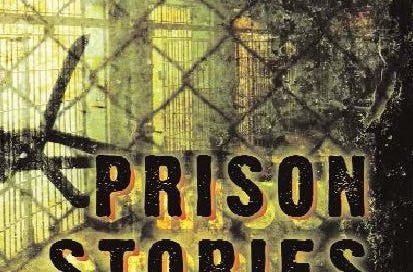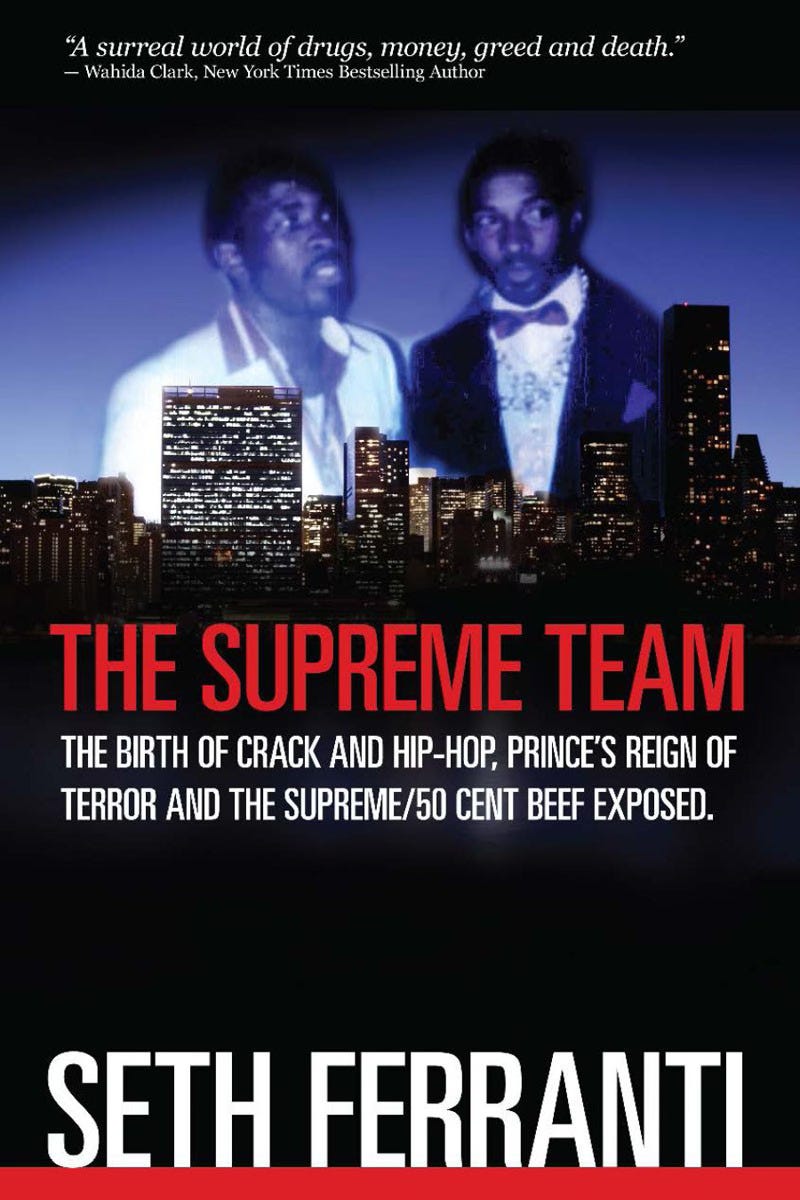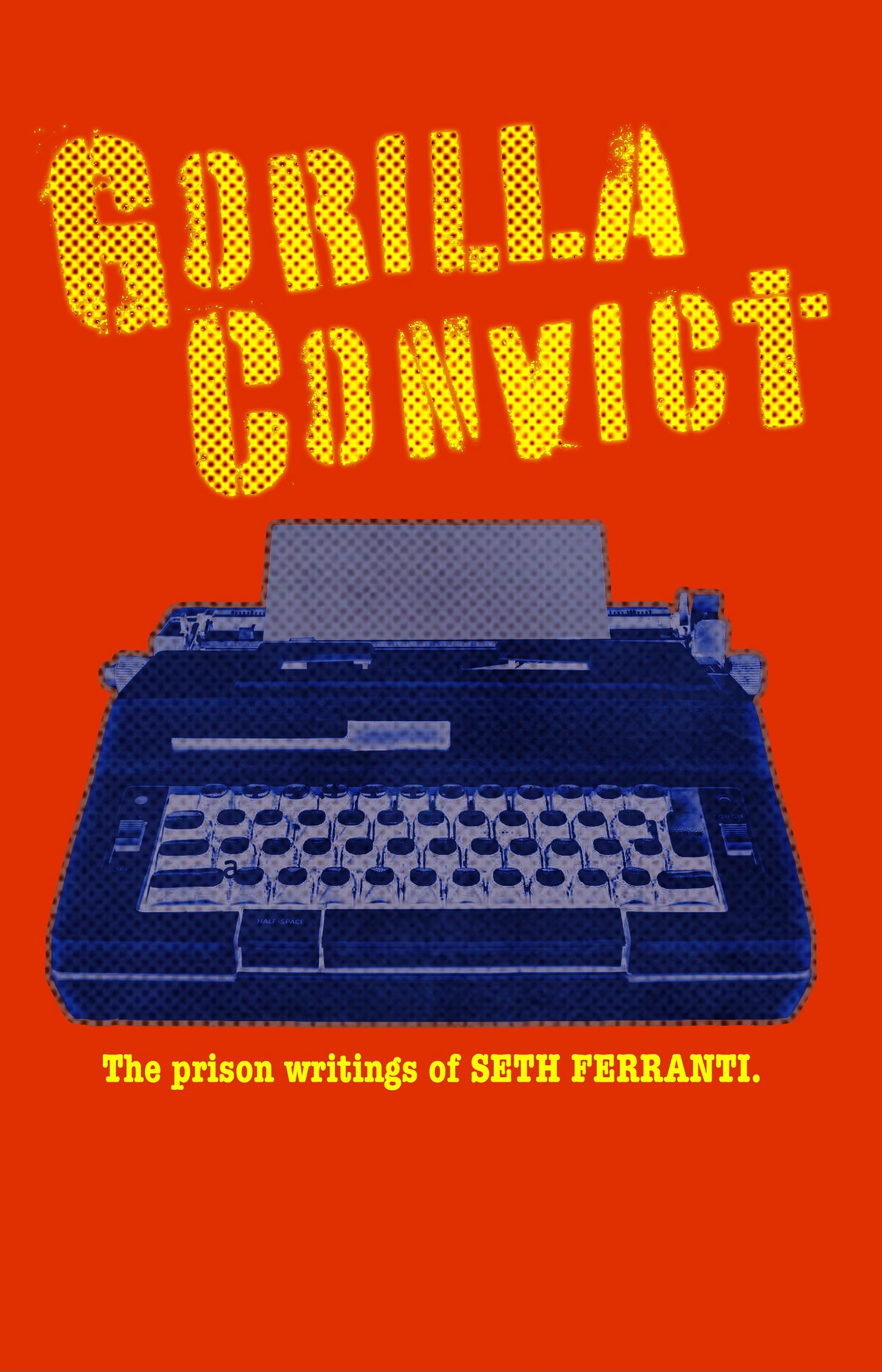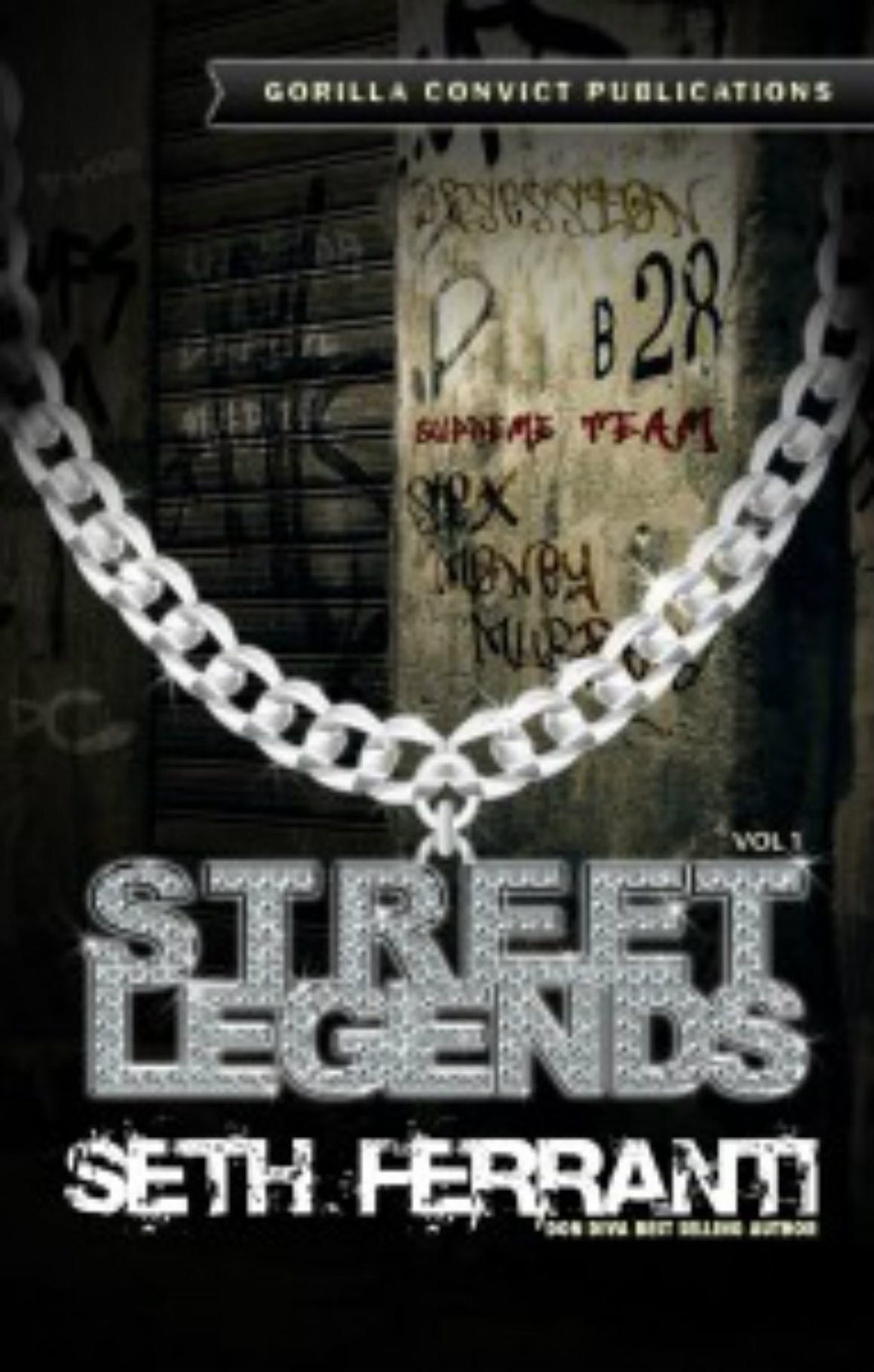The illegal sale of prescription drugs has surged recently, especially pain medications like Vicodin, Percocet and OxyContin. The demand for pain medication for recreational rather than valid medical purposes has led to a corresponding increase in unlicensed, illegal Internet sales of prescription drugs. Also bogus "pain management clinics" have sprung up in cities nationwide, run by licensed health care professionals who write and sometimes fill unnecessary prescriptions.
A recent National Drug Assessment study shows that prescription narcotics are the second most abused drug, behind marijuana, surpassing cocaine, heroin, meth and crack. Federal law makes it illegal for any person who does not have a license to write prescriptions to sell or give prescription drugs to another person (21 USC 841 <a>). But with the demand, sales are booming on the Internet and on the street, and due to the absence of a widely used prescription drug monitoring system and lax state regulations, federals officials have stepped in to stop the so called "Oxy Express."
Oxycodone and hydrocodone are opioids and controlled substances, their active ingredients are derived from the opium poppy. Each year in December, the Drug Enforcement Administration (DEA) announces how much of such controlled substances may be produced in the country the following year. For 2012 the DEA set the quota for oxycodone at 98 million grams or about 108 tons, and for hydrocodone at 59 million grams, or 65 tons.
Thousands of businesses participate in the multi-step process by which opium derivatives are harvested in India, Turkey and Australia, and turned into dozens of different generic and brand name narcotic medication, distributed throughout the US, and resold to individuals via prescriptions. There's lots of money to be made along the way. In 2011, US sales of prescription painkillers amounted to $9 billion, according to IMS Health.
Opioids are not only profitable, they're addictive and dangerous. The can depress respiration, take too many or mix them with other drugs such as alcohol and a person can stop breathing altogether. According to the Centers for Disease Control and Prevention, 14,800 Americans dies from overdosing on opioids in 2008, the most recent year data is available, more than the number of deaths from heroin and cocaine combined.
The nationwide surge in deaths now places prescription drugs as the second leading cause of accidental death behind traffic crashes and painkillers as the top narcotic contributing to death. Officials have acknowledged the drug program is alarming. Oxycodone, which when abused has an effect similar to heroin, is the most lethal.
Most opioids are Schedule II drugs, subject to regulatory restrictions from state and federal agencies. But the regulations are not always clear. Sell too many, too fast, with too much marketing or too little discretion, and suddenly the veil of social acceptability is yanked away. The resulting exposure can be perilous. Those who cross the over the sometimes hazy line separating legal from illegal handling of pills often watch as federal agents suspend their licenses, seize their products and arrest them in high profile busts with gothic code names like Operation Snake Oil, Operation Pill Nation or Operation Juice Doctor 2.
As prescription narcotics have become more popular, pill mills, businesses the distribute the drugs under the guise of pharmacies, have become as commonplace as McDonalds. Pill mills come in all shapes and sizes but investigators say more and more are being disguised as independent pain management centers. They tend to open and shut down quickly in order to evade law enforcement scrutiny.
Pill mill is a term used by local, state and federal investigators to describe a doctor, clinic or pharmacy that is prescribing or dispensing powerful narcotics in appropriately or for non-medical reasons. They are places where bad doctors hand out prescription drugs like candy. "The medical clinic is usually located between the tattoo parlor and the pawn shop," a law enforcement officials said. Pill mills have been linked to the rise in prescription drug abuse over the last decade and become a national scandal that waste valuable law enforcement resources and contribute to the destruction of thousands of American lives, the DBA reported.
Due to the lack of legislation or laws governing pain clinics almost anyone can operate one. With many people looking for an escape to their discomfort its a good time to be in the business of servicing people in pain. Pain clinics often accept cash only, give no physical exams, don't require medical records, have no medical equipment in the office, don't schedule appointments, and work on a walk in basis. They service legitimate patients, addicts seeking drugs and dealers who buy pills to resell on the street, sometimes sending in numerous customers to get multiple pill prescriptions.
Pain is treated by pills alone and a pharmacy that dispense them in on site. A pain clinic can consist of a couple of rooms, two doctors, one computer, a filing cabinet and some basic examination equipment. They can charge up to $200 for the first visit and $150 for a visit thereafter. Few patients have insurance and doctors can see an average of 30 patients a day, handing out month long supplies of powerful opioids.
To move large amounts of prescription painkillers in America, you need somebody to write prescriptions. You need doctors. Hiring doctors to sell drugs is easy, you just look on Craigslist. What the jobs lack in prestige, they make up in wages. Doctors are paid a flat fee of around $75 for each opioid prescription they write. Most patients come from out of state and operators do very little to screen out addicts or dealers.
They just have everyone sign a waiver that reads, "The physician assumes no liability." There are no laws that require pain clinics to be owned by medical professionals. State medical boars don't even have the power to close shady operators or suspend the licenses of unscrupulous doctors.
The White House says prescription painkillers are the nations number I drug epidemic. More than 16,500 people die annually in the US from opioid painkillers. To combat abuse, drug and law enforcement officials are relying on a patchwork of state laws. Only eight states restrict pain clinic ownership. While 42 states have prescription drug monitoring programs, they don't all track the same information. Only 10 states are actively sharing data with other states.
Others aren't linked in part because of patient/privacy concerns and a lack of funding. The industry is ripe for corruption and criminals are taking advantage. Because the black market for painkillers is driven by a huge volume of purchases across state lines, state officials says they can't overcome the epidemic without federal dollars. For its part, the DEA has focused on trying to stifle black market sales and the street trade of illegal sales.
As the clinics are coming under more fire than ever, legislation to combat the growing epidemic is in the pipeline. Also the feds are making more arrests for prescription drug dealers. Hoping to reduce the prescription drug abuses and deaths caused by overdoses, lawmakers have approved increased monitoring to curb proliferation of pill mills. A national Prescription Drug Monitoring Program (PDMP) was announced by the White House Office of the National Drug Policy in an effort to combat prescription drug abuse.
The prescription drug database will track prescriptions and patients and red flag people whose use signals illegal trade or abuse. Law enforcement agencies are also keeping a closer eye on the pharmacies and conducting more background checks on owners and employees. Violators of the monitoring system, including doctors and owners, will face stiffer and swifter penalties if they prescribe or distribute legal narcotic drugs to people who do not need them or without following the required steps.
Law enforcement frequently points to pill mills as a major factor in the prescription drug street trade. Pills purchased for $1 at pain clinics can be resold for $10 a pop on the street. Tons of dealers and scammers rely upon pill mills to conduct their trade. As the business has flourished in the criminal underworld, federal, state and local law enforcement officials have worked closely to increase the number of arrests and major indictments. They are dealing with pill mill operators and street dealers as they would large criminal enterprises. To get the real on this situation we got with a Philadelphia prescription writer and street hustler for a close and detailed look at the prescription drug trade, the profits available and the consequences faced.
Mikhail Elam was charged in January 2009 with conspiracy and possession with intent to distribute oxycodone. The feds claimed from about January 2007 to October 2008, Elam provided approximately 2084 false and fraudulent prescriptions for a total of about 245,620 Percocet and OxyCotin pills which were filled at a local pharmacy and subsequently sold on the street for a substantial profit.
His indictment labeled him one of the biggest illegal prescription writers in Eastern Pennsylvania. Elam, who was employed at a Medical Office in Philadelphia, stole and received blank prescription forms he used to forge false prescriptions. He provided the forged and false prescriptions to other individuals to use to obtain oxycodone from a pharmacy for resale on the street.
Elam eventually pled guilty to unlawful possession with intent to distribute oxycodone arid was sentenced to 87 months for his role in the conspiracy. His coconspirators, Harvey Penn and John Kerzner, were sentenced to 60 and 70 months respectively. One of the pharmacists they used, Thomas Fortunato, who ran Squire Pharmacy, was sentenced to 46 months in the feds. The case was investigated by the FBI, DEA and the Springfield Township Police Department.
Elam, who is about done doing his time, has agreed to an interview to break down the ends and cuts of the legal and illegal ways prescription pills are distributed on the street. But don't let us tell it, let him. This is the exclusive, a look into the illegal prescription narcotics pill trade.
What are you convicted of arid what is your sentence?
A federal drug trafficking crime, conspiracy to distribute OxyCotin and conspiracy to distribute Roxicodone, (both from Oxycodone), forgery and aiding and abetting. I got sentenced to 87 months.
Where are you from, born and raised?
I was born and raised in Philadelphia, Pennsylvania on 54the and Baltimore Avenue in West Philly.
How did your case come about?
My codefendent picked up his phone and called the FBI and told them what we used to do. Thinking that me and his nephew was still in business without him. SMH
What exactly were you doing? Explain the process.
I started off just as the prescriber (the prescription writer), charging per script I wrote. Then I got hip to how much I was missing out on. So me arid my other partners reconstructed our deal. To me writing for free and to receive 4 out of every 12 bottles of OxyCotin and Roxicodone per day. I also wrote daily prescriptions for Percocets 5 mg, 7.5 mg, 10 mg on this case.
What is the market for prescription drugs?
I paid $15 per pill to get out, then sold them wholesale for $25 per pill. Then they was taking them to the street and sold one dollar per milligram. OxyCotin was 80 milligrams so that was $80 per pill. Depending on where you were selling at. As of now I don't know what the street value is. For Roxicodone I paid $1 per pill and sold wholesale for $15 a pill, street value was about $35.
Is it very prevalent, what you were doing?
Selling pills was. You may find people addicted to other drugs selling their bottle of pharmacy pills for cash in the drug trade out there. They're usually working with a script per month, from their doctor. Dealers or users may luck up with these people. But as far as getting it daily or weekly, nah, not for them. You'll have to find a doctor that would write for you on that level. You could find one, it wasn't impossible, but they don't come and write for just anyone, and they are limited as to how many they can write because they still have their legal patient they have to write for, feel me? But to find a good writer thats possible at any pharmacy or you have to have a pharmacy hood up, like me with both, so it’s possible but hard. I myself at fist didn't know that until my codefendents sat me down with $30 grand in a bag, just for me to stop freelance writing and to start writing for just them. They let me know how valuable my writing skills were and with $30 grand upfront that confirmed it. At that time they had the pharmacist on their side, filling out however many prescriptions they brought him. I worked out of the medical office and had unlimited prescription pads.
Where do you sell the pills at and to who?
At first I was just a writer. And these type of pills, OxyCotin 80 mg and Roxicodone 30 mg, wasn't the choice of drugs for African Americans in the urban parts of Philly. Their choice was crack, weed, Xariax, Percocets 10 mg back then. The high power pain meds was white folks stuff. Far as what going on now I don't know. My second codefendent, the nephew, was first offing his load at the top strip clubs in South Philly and Delaware until he got his clients at the University in Philly and people in the suburban parts of Delaware county. He passed me the Italian owned strip clubs to deal at. He said they didn't want to deal with him because he was Irish and the feeling was mutual. I took that off his hands and then I got a couple other serious buyers from South and North Philly on my own and I was cool with that.
What type of money were you making?
From what this federal indictment says I was a part of a $5 million dollar illegal prescription pill distributing organrzation. The feds said I took in over $800,000 in 1 1/2 years. Now if I made $800,000 with them then somebody owe me some money.
How did you get into what you were doing?
A couple of months before I started a patient of mine saw me signing and writing ori his medical chart and approached me when I was closing the office later that day. He asked me about writing scripts for him. I refused but as times got a little harder and I needed extra money I took him up on his offer.
Anything else?
As far as my part in the case I am not in no form or way a snitch. I never got anyone locked up or testified on no stand on anyone or added anyone to my indictment or worked for any law enforcement ever.
Could you elaborate?
I have a book coming out called Dark Horse (Pill Mill) that I would advise any and everyone to pick. If you want to know the full details on the operation of pill mills arid my case check it out. My indictment had several people and I only knew two of them, it could have easily been a 15 man indictment. From rap stars to Reggae stars, pro NFL and MLB players, club owners, my runners, their runners and street dealers. But I'm not that kind of person. I don't believe in getting someone else locked up. I also don't believe I,-m doing someone else’s time other than my children and their mothers. Understand me? I'm not no gangster at all. I'm a father, a hustlers an old school player. It’s my first case and was a mess. The feds knew this guy Harvey, my codefendent was telling half truths. But he picked up that phone so when my other codefendent, John went in to clear up the things I didn't do, thats what gave me the option to tell what I done.









This is important . We live in a different world. Seth Ferranti is telling it like it really is.
This is solid research, Seth. But it reads to me as if you wrote it some time ago--some of the information is a few years out of date. The prescription opioid epidemic has since been superseded by the counterfeit prescription opioid pill epidemic. The prescription opioid epidemic took off in the 1990s, and the pill mil market peaked around 2010 or so. Since around 2015, the Feds have tightened oversight over both physicians and pharmacies, and as a result diversion to the illicit retail market has dropped significantly.
From your Substack post: "To combat abuse, drug and law enforcement officials are relying on a patchwork of state laws. Only eight states restrict pain clinic ownership. While 42 states have prescription drug monitoring programs, they don't all track the same information. Only 10 states are actively sharing data with other states..."
All 49 states (and parts of Missouri) now have prescription monitoring, according to the information in these links:
https://www.fsmb.org/siteassets/advocacy/key-issues/prescription-drug-monitoring-programs-by-state.pdf
The number of states now actively sharing data with other states has risen from 10 to 47:
https://nabp.pharmacy/members/programs-services/industry-information-networks/pmp-interconnect/
(The two states not yet sharing data were Nebraska and California, as of the date of the NABP publication. I can attest that California is internally strict, however. California was adhering to the original DEA "triple-script" protocol in the 1990s, when other states had begun ignoring it. And it was practically impossible to fill and out-of-state prescription, back when doing so was routine in other states. "Liberal" reputation notwithstanding, California is a pretty strict state in some ways. The CDC maps and charts show that in the era when pill mills were rampant on other parts of the country, California had a very low rate of prescription opioid abuse. California is heavily impacted by a wave of street addiction nowadays, but it wasn't induced by lax regulation of prescriptions back in the decades when prescription opioid pills were flooding the street in other states.)
I remember a few years ago, when I first read about the national prescription monitoring program while reading an article in some medical brochure while waiting for a doctor's appointment (regular checkup) in a medical office. The article noted that the number of states sharing a central database with in the teens (don't recall the exact number, somewhere between 10-16.) I just about fell over- these are DEA Schedule II drugs! This should be the one part of drug control that the DEA and the Feds actually have a handle on! All 50 states should have been part of an interconnected database back in the 1990s!
Instead, the country had wholesale-retail Oxycontin networks like the one described by your interviewee, and by Sam Quinones in his book Dreamland. Lucrative diversion operations were even started up by kids, like this one https://www.rollingstone.com/culture/culture-news/the-dukes-of-oxy-how-a-band-of-teen-wrestlers-built-a-smuggling-empire-226940/
Now that's over. pretty much. And wouldn't you know, the legitimately made pharmaceuticals- which at least had the advantage of offering regulated stable dosages of properly compounded substances- have been replaced by a massive counterfeiting industry, using bogus "M30" pills compounded with fentanyl. Twenty years of oversight so lax that it was practically absent, followed by locking the gate after the horse left the barn. So now people with authentic severe chronic pain conditions are being micromanaged and undermedicated by DEA-wary physicians, while most of the addict population that resulted from the open clearinghouse days of Oxy have long since migrated to the street market in fentanyl, including the massive market in fentanyl-laced counterfeits.
The other part of the story- the one upstream from your script doc interviewee- is the role played by the "legitimate" pharmacy industry (that still uses traveling salespeople! on commission!) I elevate any number of street dealers over those people. It's clear that they knew what they were doing (unlike many of the physicians they peddled their line to, who were sincerely misled.) The best books I've read on that subject are the 2023 book Pain Killer: An Empire of Deceit and the Origin of America's Opioid Epidemic, by Barry Meier, and American Cartel: Inside the Battle to Bring Down the Opioid Industry,
by Sari Horwitz and Scott Higham, from 2022.
But by far the most tragic book on the subject is Dopesick: Dealers, Doctors, and the Drug Company that Addicted America, by Beth Macy, from 2018. I've read dozens of books on various forms of dope and drug abuse over the past 55 years or so. You name it, I've probably read it. Dopesick is the one book that left me sleepless and staring at the ceiling after I finished it.
It was all so sad, and so unnecessary. Until very recently, not even the medical schools were paying any attention to addiction medicine and education about the hazards of opioids. Realistic drug abuse education would have helped a lot, back in the 1980s and 1990s. Instead, the authorities of the era made marijuana the centerpiece of their antidrug efforts.